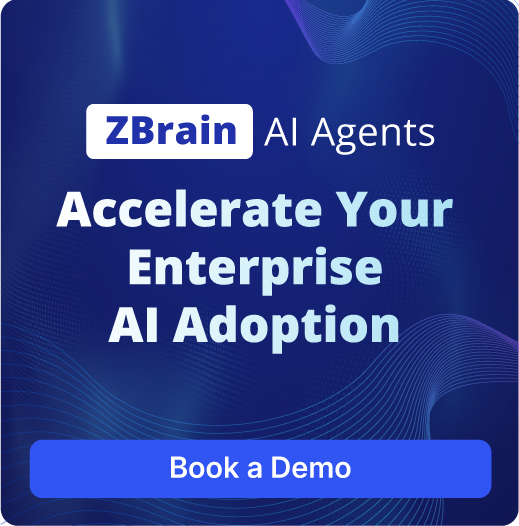Optimize Your Operations with ZBrain AI Agents for Document Management
ZBrain AI Agents for Document Management improve operational efficiency by automating content processing tasks across a wide range of industries. These agents handle key functions such as document indexing, classification, and data extraction, ensuring that vital information remains organized and easy to retrieve. By using ZBrain AI Agents, organizations can reduce manual effort, minimise the risk of human error, and maintain consistency in document management. This enables teams to focus on higher-level tasks, fostering a more efficient and responsive work environment. ZBrain AI Agents offer robust capabilities, including document search and retrieval, metadata tagging, and efficient document versioning. Designed for seamless integration with existing systems, they support end-to-end document lifecycle management. Additional features, such as automated document routing and compliance validation, help organizations meet regulatory standards while maintaining operational efficiency. With ZBrain AI Agents for Document Management, businesses can streamline workflows, allocate resources more effectively, and maintain high standards of accuracy and compliance across document-driven processes.


 Live
Live